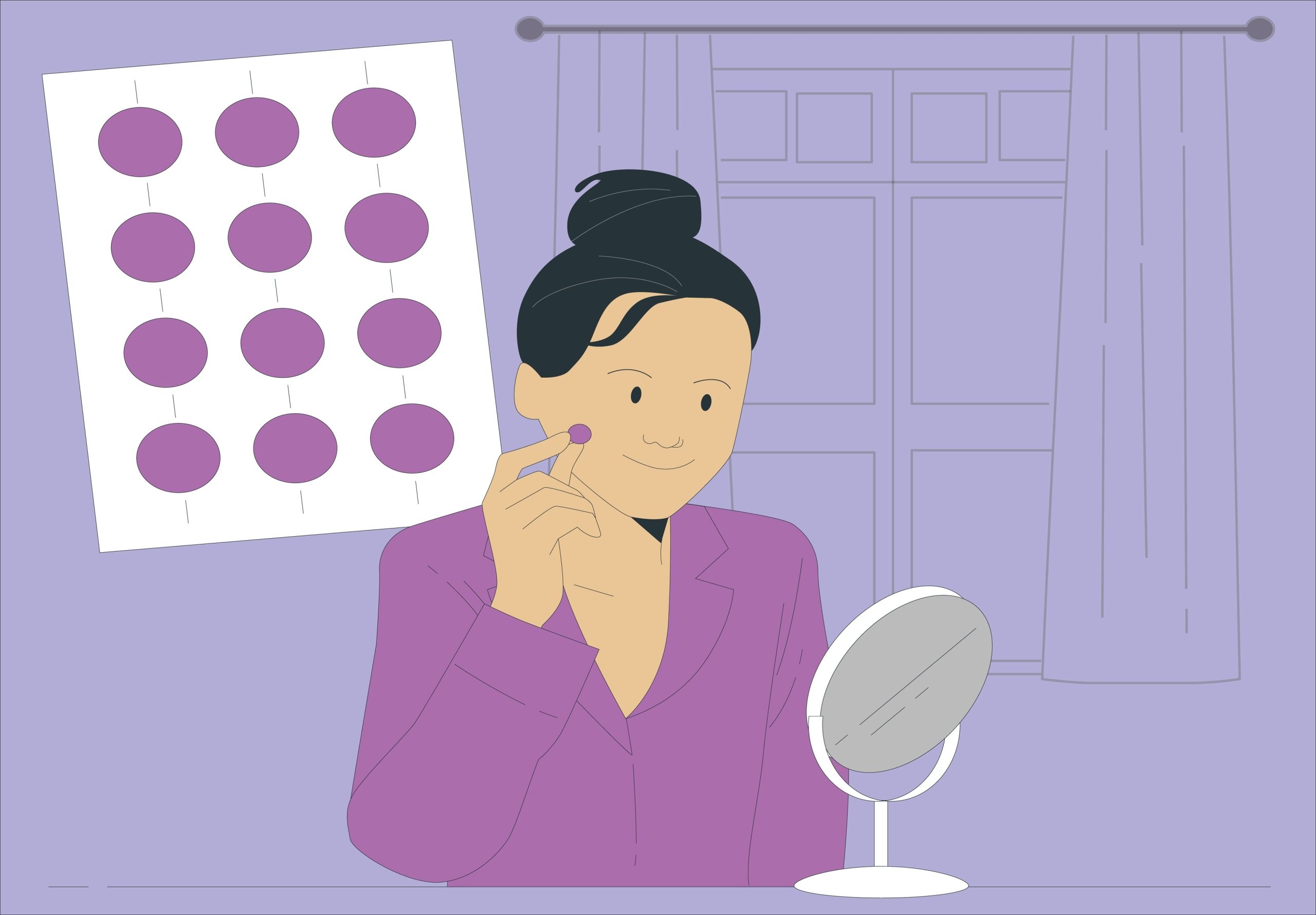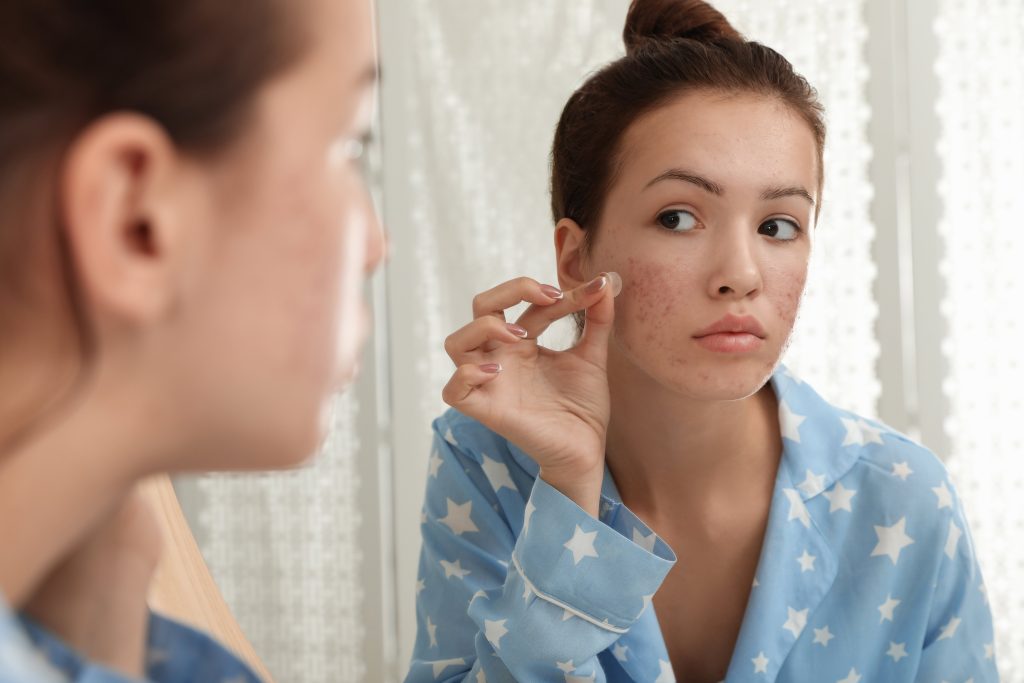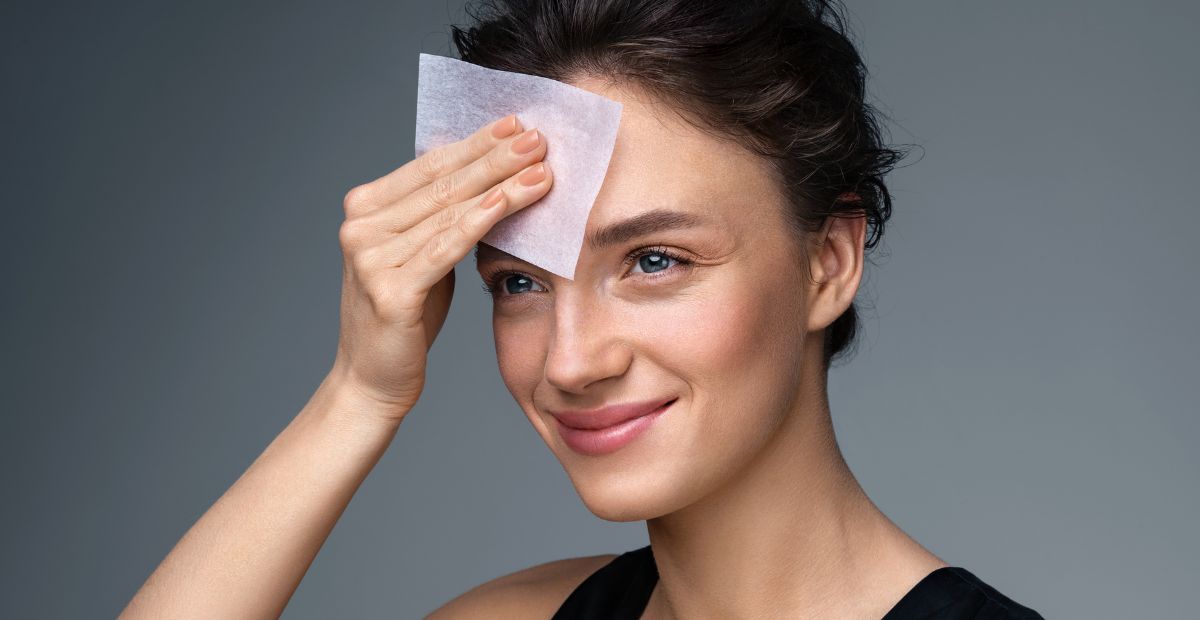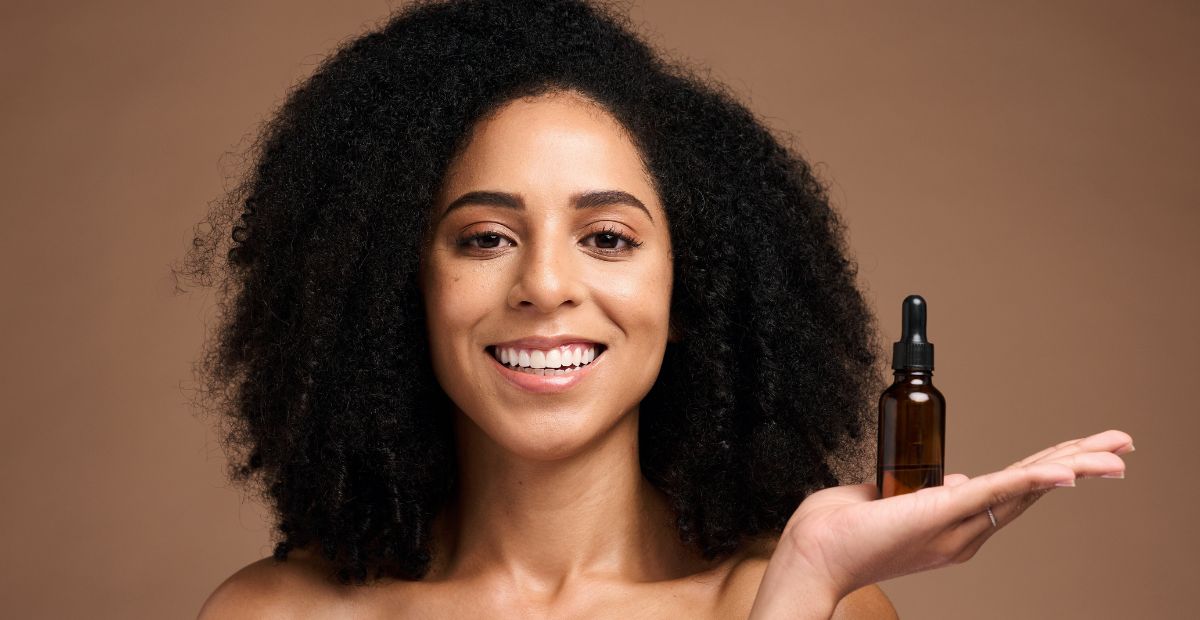How Do Pimple Patches Work?
Onskin Content Team
Your guides through the skincare chaos

Stars, hearts, butterflies, and transparent rounds… No, you’re not in 3rd Grade choosing stickers for your math notebook—these are pimple patches, and they’re taking the beauty world by storm!
Offering the best of both worlds, they promise to soothe nasty zits overnight and serve as a quirky accessory, helping remove the stigma from acne. Hailey Bieber and Millie Bobby Brown would probably nod in approval! Still, flowers and stars are all cute and stuff, but do these patches really make your pimple disappear? If they do, what’s the magic behind that? Do they work for all types of zits? Let’s dive in and find out.
What Are Pimple Patches Made With (and For)?

Whether it’s a flower or just a round, pimple patches are made with hydrocolloid, a dressing that retains moisture and is initially designed to heal wounds. You stick one directly on a zit, and the material turns into the most caring mama bear!
- It keeps your zit protected from external pollutants and creates a clean environment around the inflammation, boosting its healing.
- It also absorbs the sebum or pus from your pimple. As a result, it may look better in just a few hours, pacifying your This-zit-is-huge-I-can’t-go-like-this! panic.
- And for all our fellow zit-pickers? Pimple patches prevent you from directly touching the blemish with your fingers.
Another perk of these patches is that they often come medicated, meaning they’re super-charged with antibacterial and oil-controlling ingredients like benzoyl peroxide, salicylic, hyaluronic acid, tea tree oil, or tea tree extract. A heads-up for those on the sensitive side—patches with benzoyl peroxide or salicylic acid may leave redness on the skin where the patch was, but this irritation usually doesn’t take long to calm down.
FYI: Even beneficial ingredients may rub your skin the wrong way. If you’re curious about the effects of specific cosmetic components on your skin or whether a product might clog your pores, install a skincare scanner. With OnSkin, for instance, you scan a product and 1) see a detailed breakdown of its ingredients and their purposes and 2) check if it’s suitable for your skin. You’ll be investing in what truly works for you, rather than in products you’ll toss after the first try or that leave you with no results even after finishing the bottle.
So Are Pimple Patches Effective? Yes, but…

Most pimple patches work well with zits that say “It’s me, hi! I’m the problem, it’s me” and already have some gunk visible. As for blackheads, whiteheads, or cystic acne, pimple patches may not be the most powerful tools. But if you’re a serial zit-picker or just an absent-minded toucher, it’s still a great call to cover these types of acne with a patch—this will let the skin chill and heal in peace.
In case you’re dealing with “blind” zits, which are red bumps without a visible head, and you’re eager to nip the problem in the bud, you may choose to use microneedling patches. Wait, needles? Don’t worry, these tiny spikes will help the active ingredients penetrate deeper into the skin, with no discomfort included.
Speaking of discomfort—here comes a truth bomb that might hurt. Sorry, but the job of pimple patches is to help your zit look less swollen and smaller and speed up its healing, not to make it miraculously vanish (like that t-shirt you remember having yet one day just couldn’t find in your closet). In fact, a zit just can’t be gone overnight—inflammation takes time to subside, no matter what you use.
Just a Myth Debunked
You’ve probably seen those TikToks featuring pimple patches with captions like “Omg, look how much gross stuff was in my zit.” What they’re seeing is primarily the hydrocolloid that turned into white gel after absorbing moisture. So next time you see this substance on your patch, don’t think it’s all puss and oil.
The Final Patchdown
So do pimple patches work? They are an amazing way to calm down an angry zit in just a few hours and protect it from bacteria (including those on your restless hands). Plus, let’s not forget how fun and chic wearing them can be! Still, let us be as boring as hell. Pimple patches are just sidekicks in dealing with acne. Consistent skincare habits and patience are key to effectively managing it. But if you’re reading this, it already shows your skin has the most caring guardian angel.
FAQ
-
Where do I start with OnSkin?
Download the app and think of a product you’d like to know more about. Then, go to the main screen and choose how you’d like to get the info —by manually looking it up in the search bar, by scanning its barcode, or by simply taking a picture of the packaging. Once you’ve done any of these, you can see how safe the product is and if it suits your skin or hair (if this analysis is available).
-
What is Safety Rating, and how is it calculated?
In OnSkin, we base product rates on ingredients. Each is closely studied by our medical team and then evaluated. This way, each product gets a score from 0 to 100, with 100 as the safest level.
Safety Levels
- Excellent (76–100)
- Good (51–75)
- Not great (26–50)
- Bad (0–25)
These scores are backed by the latest scientific studies. You can find links to the resources we’ve used on each ingredient page. To assess the safety of product ingredients, we evaluate them according to the following parameters/criteria
- Endocrine disruption risk / Reproductive toxicity
Indicates the probability of mimicking, blocking, or interfering with the body hormones.
- Сarcinogenicity
Measures the potential risk of inducing cancer.
- Allergy risk
Estimates the probability of an allergic reaction.
- High concentration alert
Determines the risk of being unsafe in certain amounts.
-
What is Skin Match?
Based on the info you input about your skin type, age, skin care goal, and other “settings,” OnSkin checks how well a product is tailored to your unique skin needs — it’s basically like a dermatologist helping you find the right products, minus the fees and the long wait. The product you’re checking might be labeled as It’s a match!, Hit-or-miss, or Not a match for you. The app also detects ingredient groups such as Anti-acne, Anti-inflammatory, Moisturizes, May be drying, Comedogenic, and others — by tapping one, you see exactly what ingredients from this or that group are in the product.
-
I seem to have a problem with using the app. Who should I contact?
Please reach out to us at [email protected], and we’ll carefully look into your issue. Your ideas for improving the app are also very welcome!
-
Do you have an Android version?
Not yet! Hey Android users, we hear you, and we're thinking about making an Android version, but we haven't started the development yet.
Tracker Sent!
It’s on the way to your inbox.




